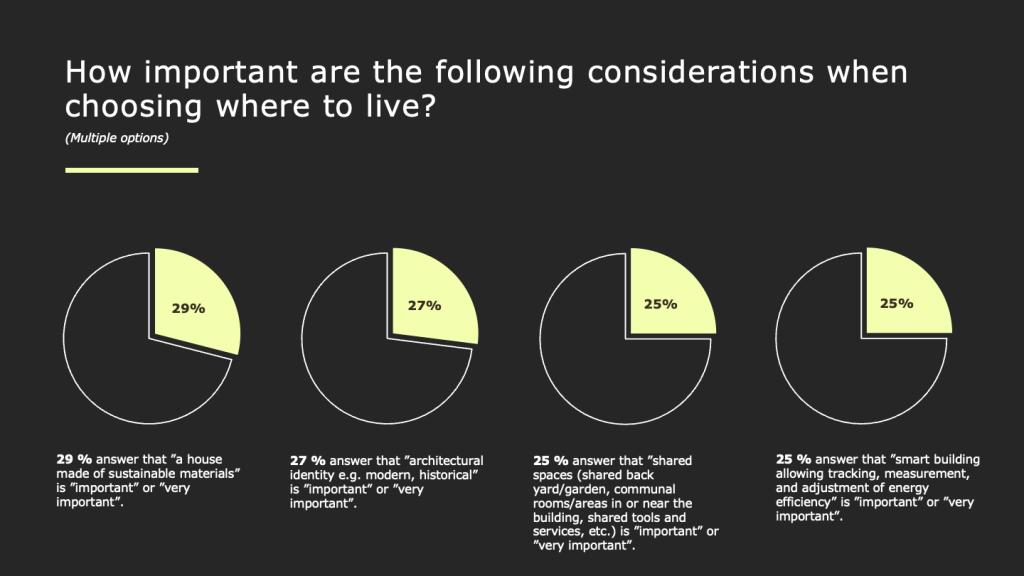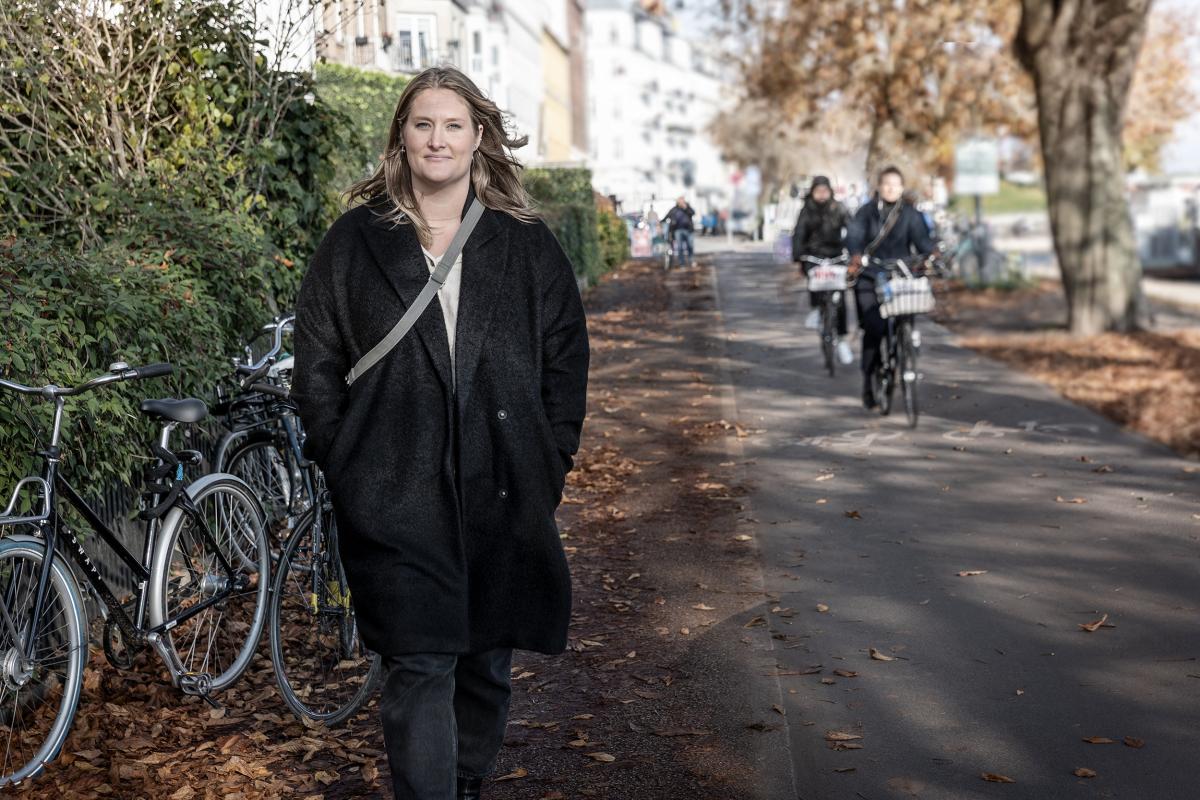
More people want a house made of sustainable building materials
Wood instead of concrete, recycled bricks and energy saving constructions are all great ways to promote sustainable solutions in construction projects. A trend, that almost every third young Dane applauds, according to a survey from AFRY.
Building materials like brick, steel, and concrete are a heavy load on the climate footprint, and that is why it is necessary to develop new and sustainable materials. This is one of the most prominent things that young Danish people point out, when asked what they find most important when looking for a house. This is shown in a new survey about future cities conducted by YouGov for AFRY.

Responsibility of the engineer
Anders Bergstrøm who is a structural engineer at AFRY confirms this development:
”If we compare it to economy, then we can see a trend, where the average Danish families are okay with paying a bit more for sustainable materials. And many of the big investors have sustainable building materials as part of their CSR-policy, while other have a complete certification like DGNB as a goal,” he explains, but points out, that sustainable materials on their own are not enough to balance out the construction industry’s climate footprint:
”As engineers we have a great responsibility in providing sustainable solutions, that accommodates the climate. That is why it is so important, that we consider the possibilities for recycling building materials. We could, for instance, incorporate materials from existing buildings and building parts, while also being visionary in our projects and thinking about, how our building parts could be separated again and recycled in the future,“ says Anders Bergstrøm.
Focus on the lifespan of a building
One of the most popular sustainable building materials is wood, which is a common active opt-in on both facades and in load bearing constructions. Generally speaking, wood constitutes an growing portion of the building mass today, and even though this natural material can minimize the life span of a building, it might not necessarily be a bad thing:
“The lifespan of a building should be a focus point when people work with the sustainability of the construction. Some buildings like institutions, schools and office buildings are under constant change, because the people change their behavior over time. In buildings like these, wood should rather be considered a flexible material, since the building doesn’t have to constructed and designed to last 100 years, but rather 25 years. That, to me, is also a sustainable approach to construction,” Ander Bergstrøm points out.

The theme of the survey is Future Cities, and it was conducted in Denmark by YouGov for AFRY. A total of 752 representatively chosen respondents participated in the survey, age 18-35, which was conducted between 23rd August and 2nd September 2021.






